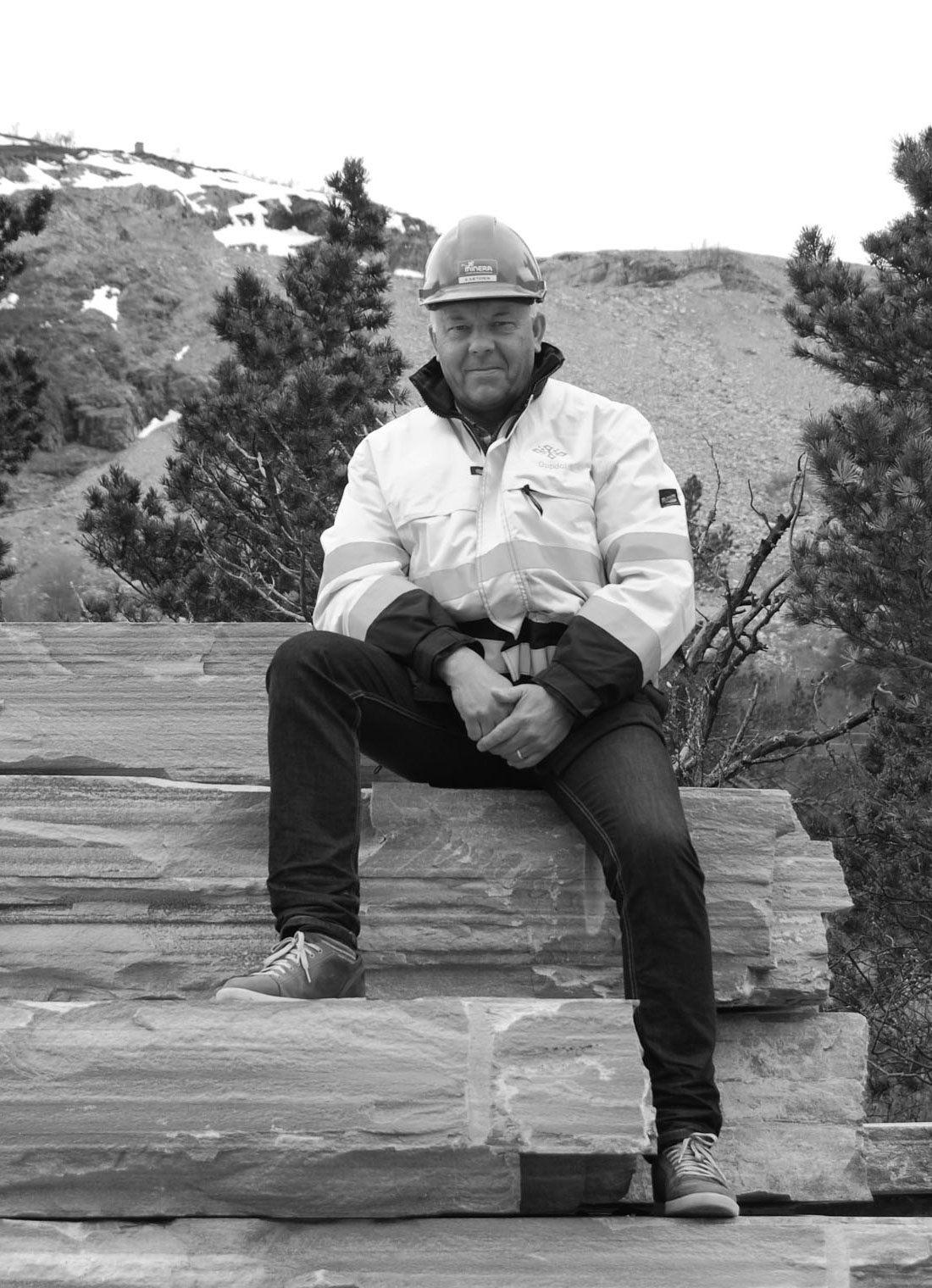Norwegian slate roofs protect the houses in the Italian Alps
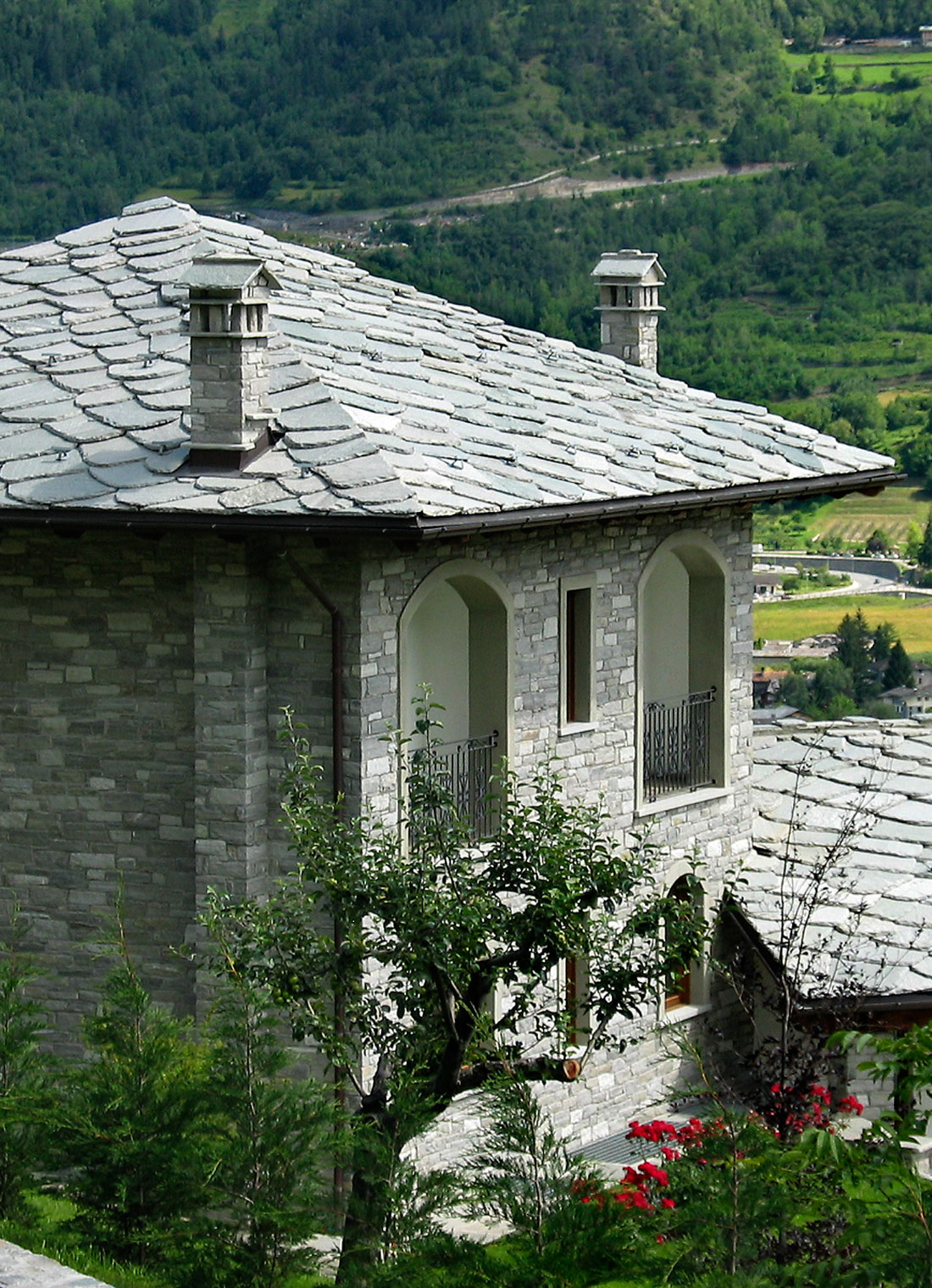
How did it get there? It’s a story worth starting from the beginning.
The year is 1991. The CEO of Minera Skifer, Arnstein Sæteren, has a fairly normal day at work when the phone rings. At the other end is a voice talking in broken English.
– At first, I thought it was just a prank call. We had a dealer who liked to do business with me that way, says Sæteren.
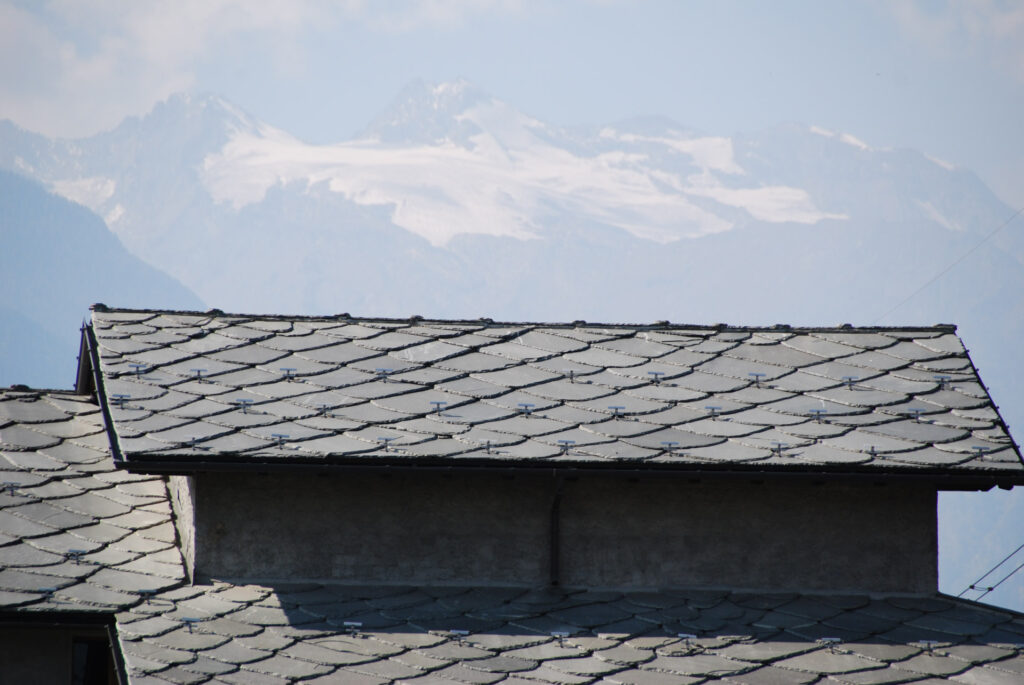
But it turned out to be anything but a prank. The man who spoke was Italian and was calling from Dombås in Norway. He wanted to meet up.
– I wasn’t entirely clear on what this was really about, other than that they were interested in stones. But of course my door was open and I invited them to visit.
Just hours later, the Italians trooped in to see Sæteren. They told us that they needed slate. A lot of slate. The volumes were enough to make your eyes pop. Was it a prank after all?
– The order was much more than we were able to deliver on our own. This meant that I had to get in touch with neighbouring companies to partner with. No easy task in the middle of the holidays, he says and adds:
– I remember being met by a holiday guard who was casually playing chess on his computer. His feet fell quickly from the table when I told him about the order from Italy. I think he was at checkmate’ laughs Sæteren.
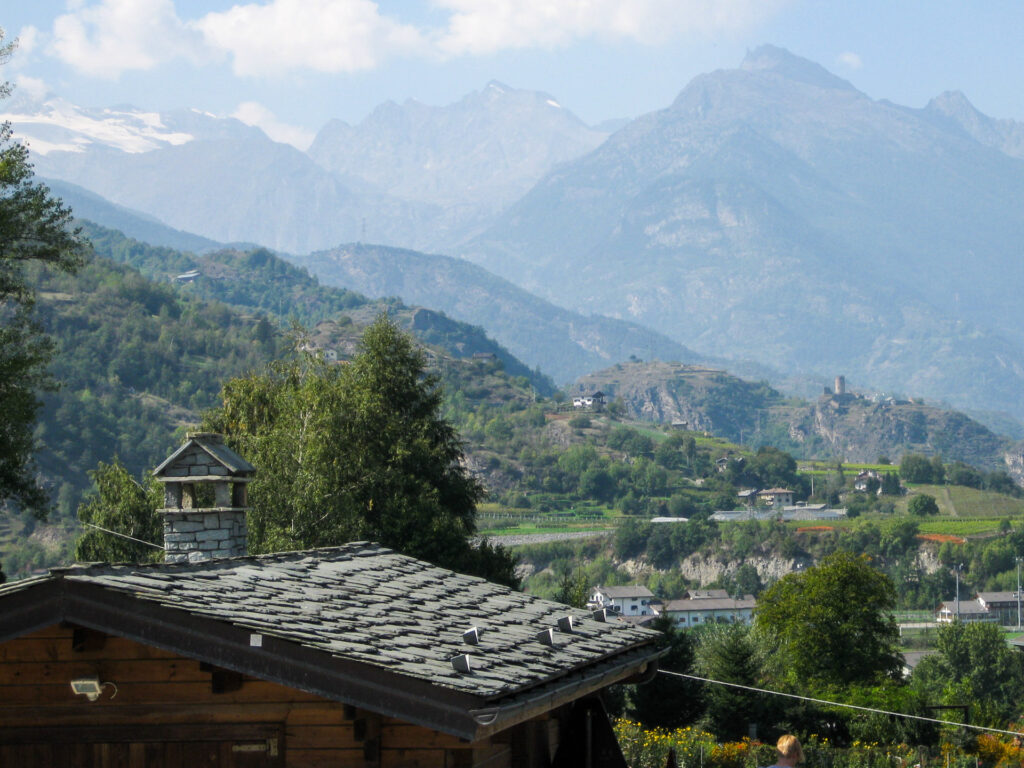
It would mark the start of a small export adventure for Minera Skifer. But how – and why – did a group of Italians end up in Arnstein Sæteren’s office? The answer is naturally found in Oppdal slate’s unique excellence.
– As is normal, it was primarily local stone that they had used in the Aosta Valley. But the ravages of time had eaten away at the Serpentino stone, and many of the roofs in the small villages were ripe for replacement. And new houses were being built too and also needed quality roofs.
And the local authorities had learned: Serpentino was not of sufficient quality. At the same time the use of natural stone was mandatory. You don’t mess about with traditions that stretch as far back as the Roman Empire.
– Conserving the overall look was of course important to them. At the same time, the climate in the Northern Italian Alps can be rather unforgiving. The summers are beautiful, but the winters can be cold with a lot of snow. Not all roofs can withstand it.
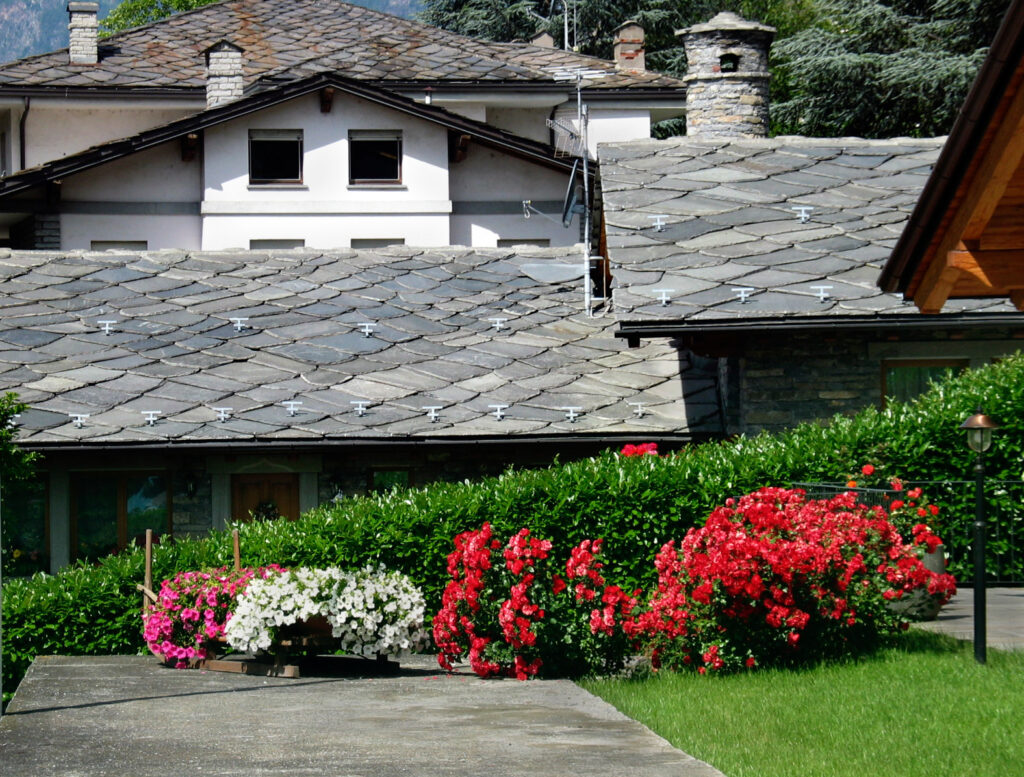
The authorities had therefore also set specific technical requirements for roofing material. And when the local Serpentino wasn’t good enough, they had to look to the rest of the world. And that’s when they looked towards Norway.
– These millions of year-old rocks here on the mountain have naturally stood the test of time. Our slate had to undergo extensive testing by the Italians, but it passed with flying colours. In fact, I don’t think the Italians found any other stone that met all the requirements.
And that’s when they really fell in love with it. They quickly discovered that Oppdal slate was not just light, beautiful and of high quality – it was easy to adapt.
– Slate-laying is an old craft that has been handed down, they have their own tradition in the Aosta Valley when it comes to laying patterns. The shaping of the stone to get teh specific appearance is done up on the roof, and they thought our flagstones were the perfect material to work with.
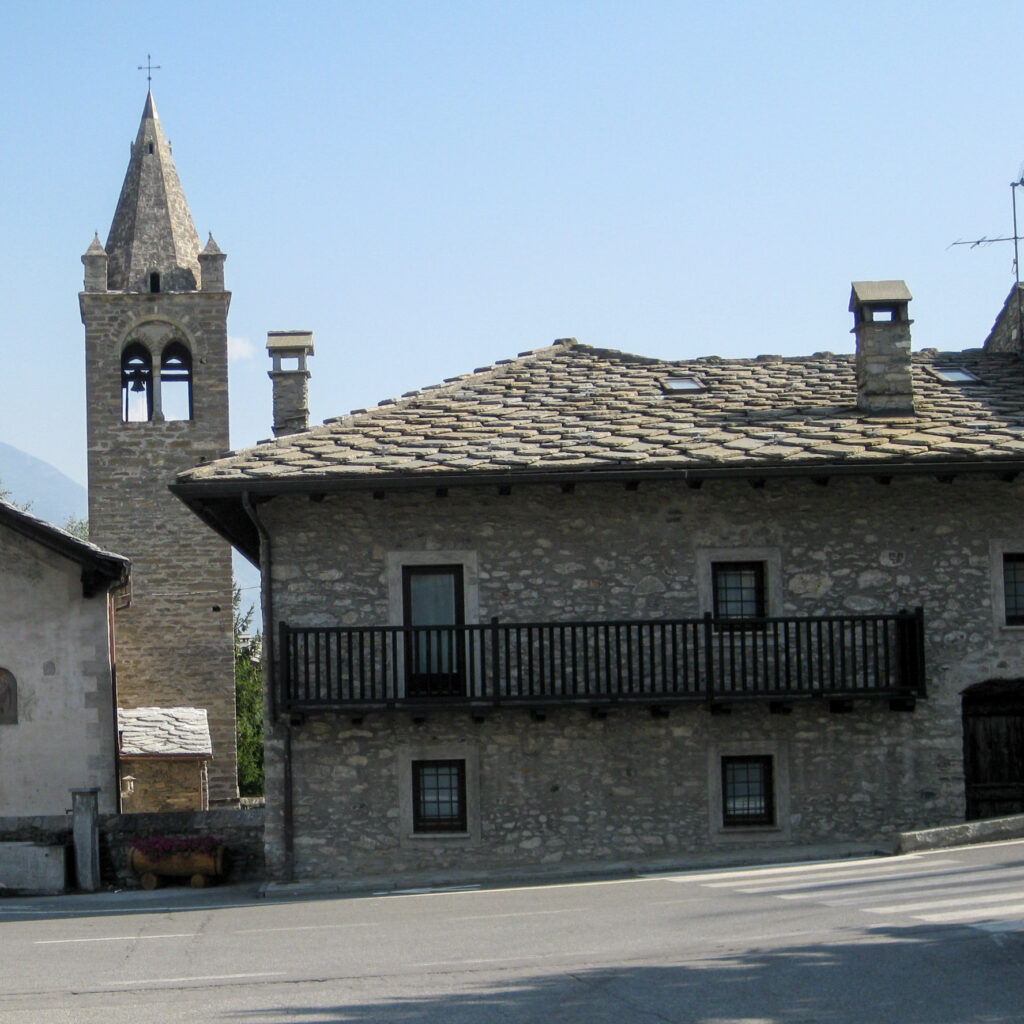
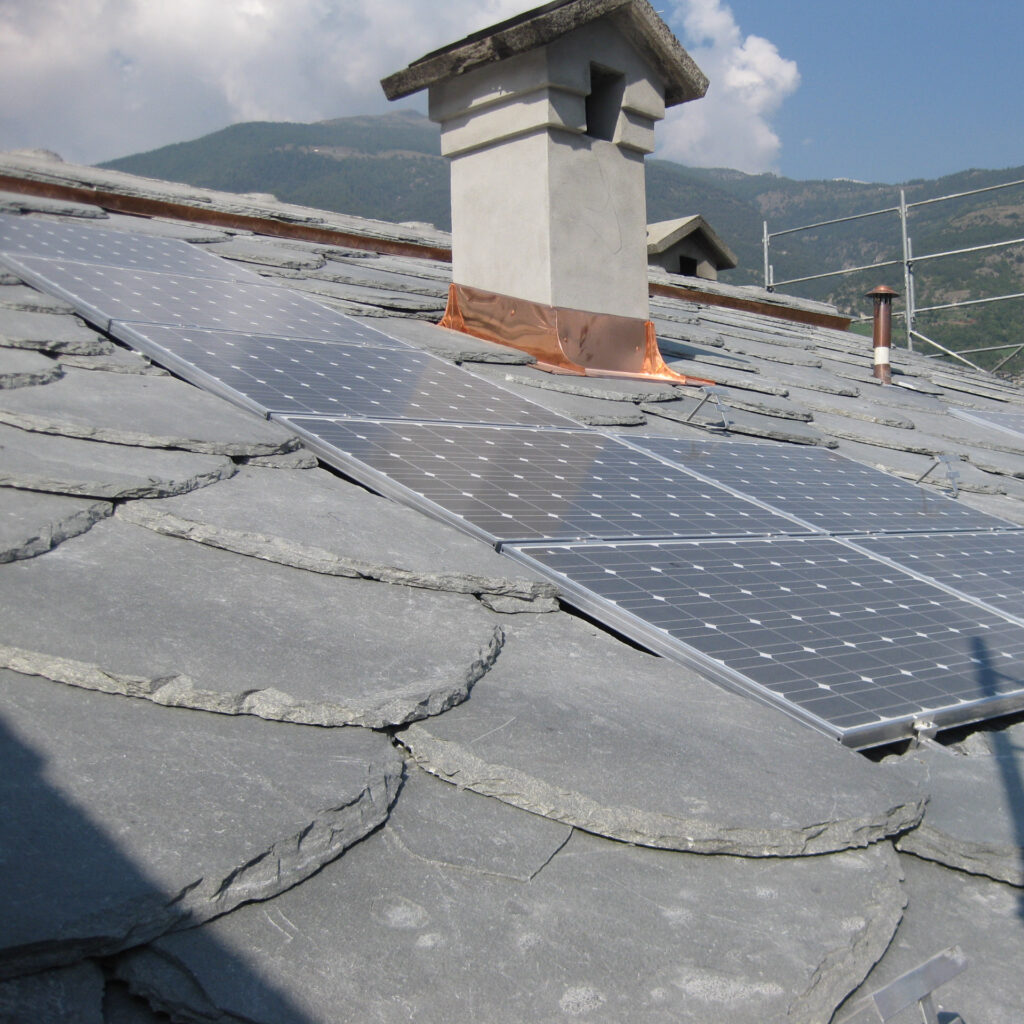
There is currently little export from Oppdal to Aosta Valley. The deliveries went on for many years, until the authorities adapted to meet the technical requirements and changed the subsidy schemes. But word of mouth about the natural stone from the north had long since spread across the Alps.
– It wasn’t long before several villages in the region started to get in touch. Phone calls came from eastern France, Switzerland and Austria. The whole area had gotten a taste of Norwegian slate, and they see stone from Northern Europe as local, says Sæteren, who concludes:
– Today we deliver Oppdal slate that ends up on rooftops in the Alps. And we’re proud of that.
– These millions of year-old rocks here on the mountain have naturally stood the test of time. Our slate had to undergo extensive testing by the Italians, but it passed with flying colours. They quickly discovered that Oppdal slate was not just light, beautiful and of high quality – it was easy to adapt. And that’s when they really fell in love with it.
Arnstein Sæteren
Former General Manager and 2nd generation owner of Minera Skifer
